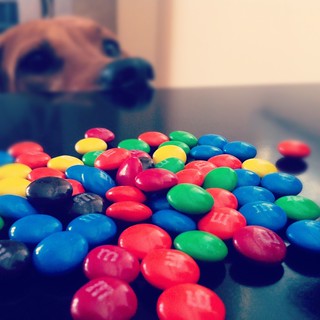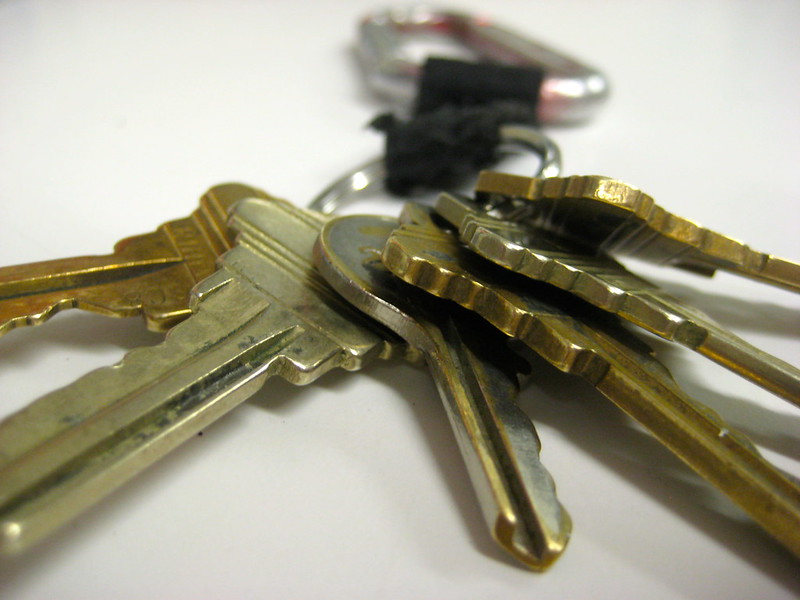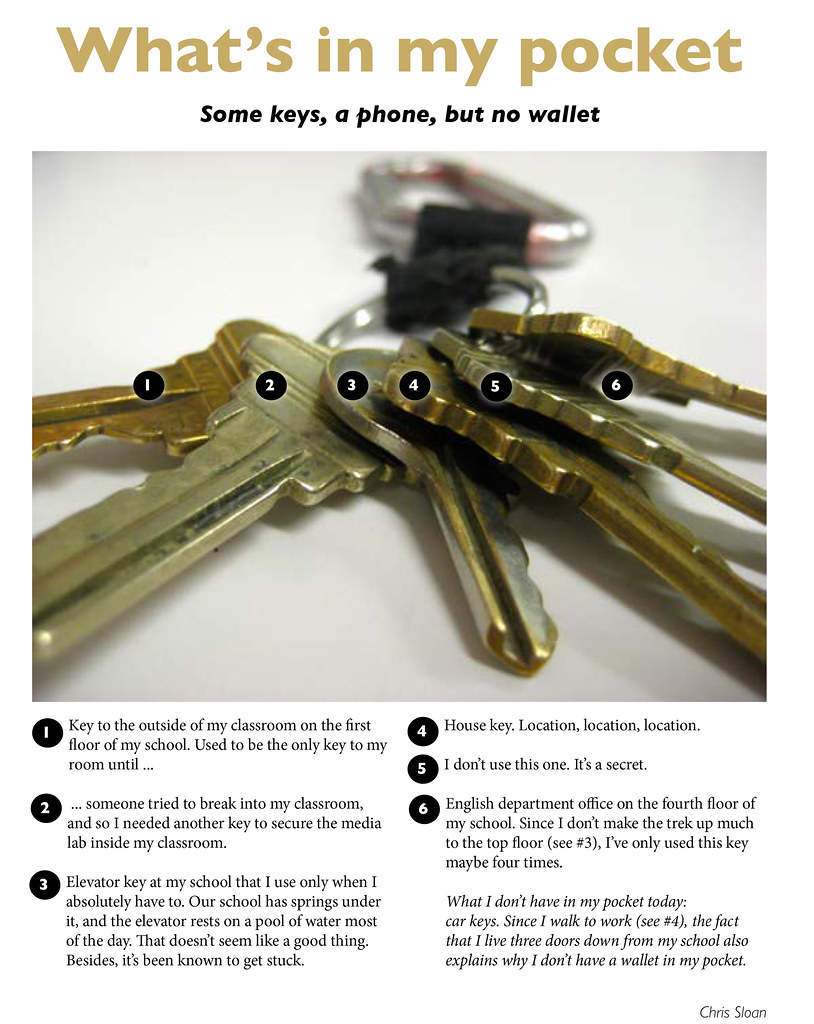 |
| Photo by Sarah Kranz |
I'm wondering about evaluating and assessing students who are engaged in projects that they choose based on their passions. The learning is genuine and powerful, their products are professional quality. But as I embrace this approach as an educator, the classroom atmosphere can sometimes totter toward chaos. The issue I'm grappling with is how to keep track of all that individualized work?
A little background. Half of my teaching load is more traditional English classes with a bit of digital writing and research blended in; the other half of my schedule is made up of an assortment of media production classes. My traditional classes are easier to manage; the photography and new media classes, not so easy. For example, in my new media class one of the things we do is document our school on a daily basis in whatever medium is most appropriate to tell the story. That means that some of the students right now are laying out the September issue of a news magazine, a couple of them are shooting last minute photos for that magazine, while still others are editing footage into video packages. Some people work more than others during class time; others do an amazing amount of work outside of school but not so much in school. One girl stayed after school yesterday for a couple of hours taping interviews for somebody else's project. Right now a student has come into my classroom for the second time today to work on the news magazine layout because she has a free period. But for all the self-driven, self-motivated and talented students I have, there are others who need help every step of the way and take a large investment of time to keep them going.
The need to get a handle on this isn't just for my benefit. Sometimes a student in the media class needs a photo that was shot by a student in another class. Currently to find this, the students ask me, and that's where chaos can sneak up. I'm working on devising (or adapting) a system that helps my students and I navigate all this individualization.
Different tasks, different levels of engagement, different media, different work loads, different maturity levels. If you work in an environment like this, how do you manage the work flow?



